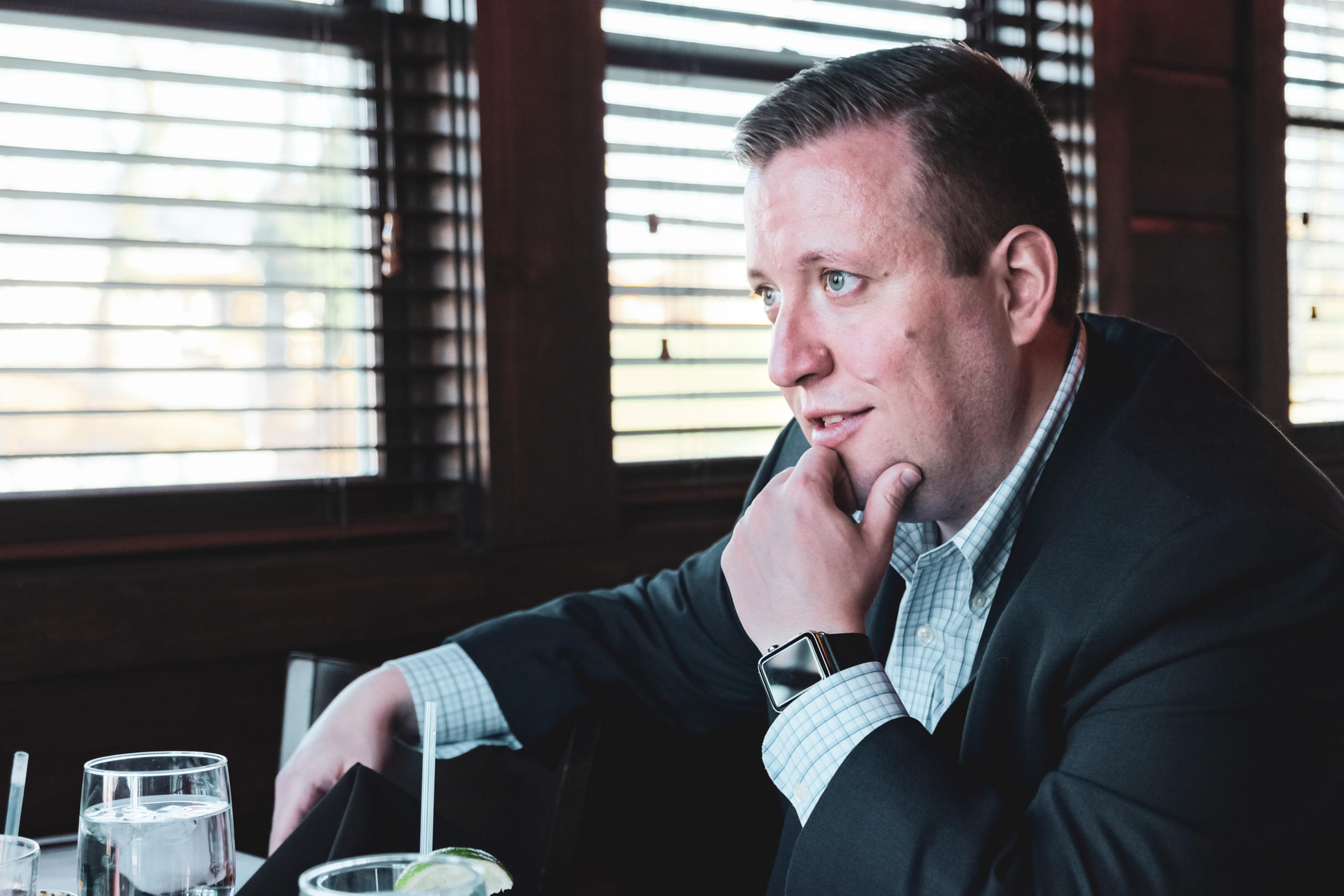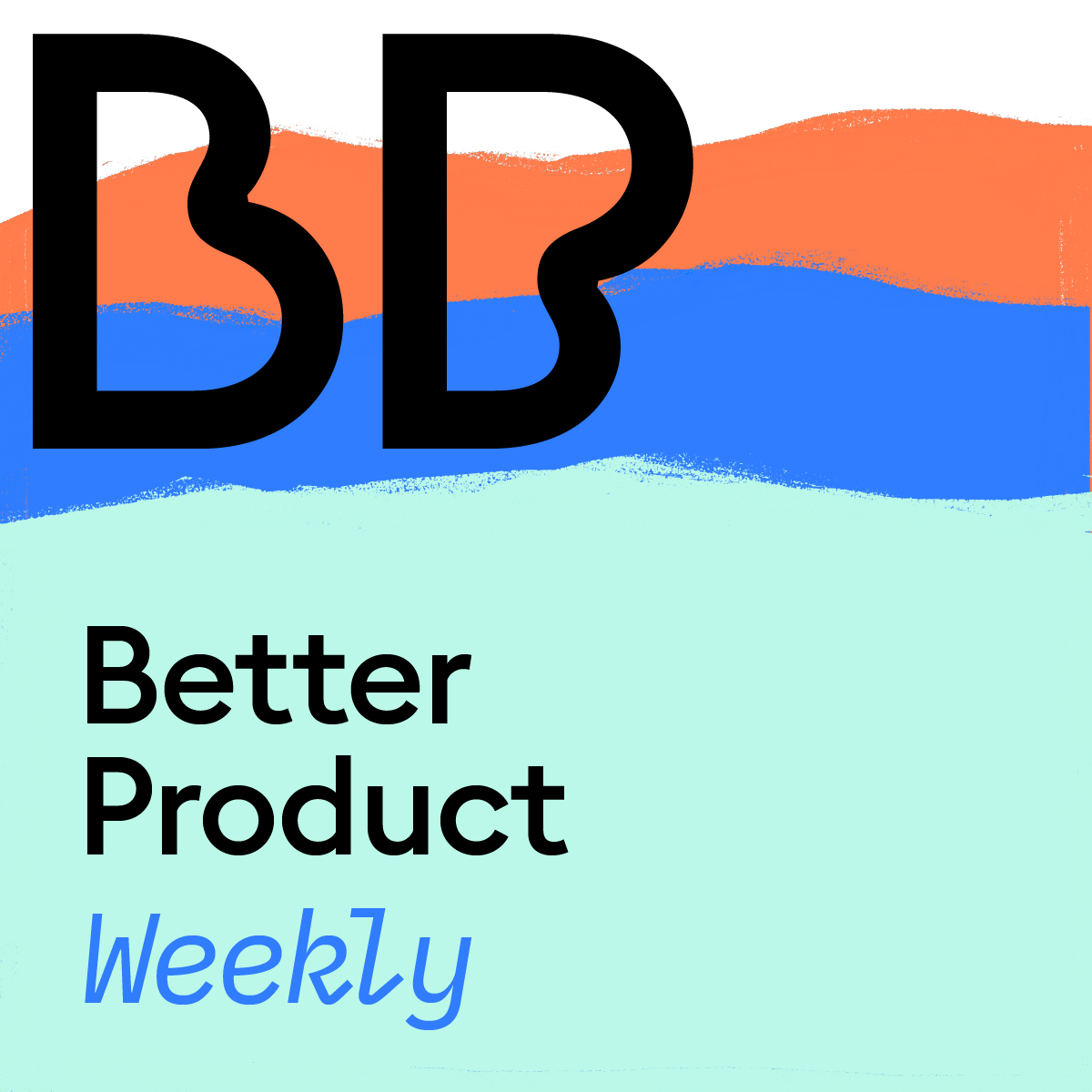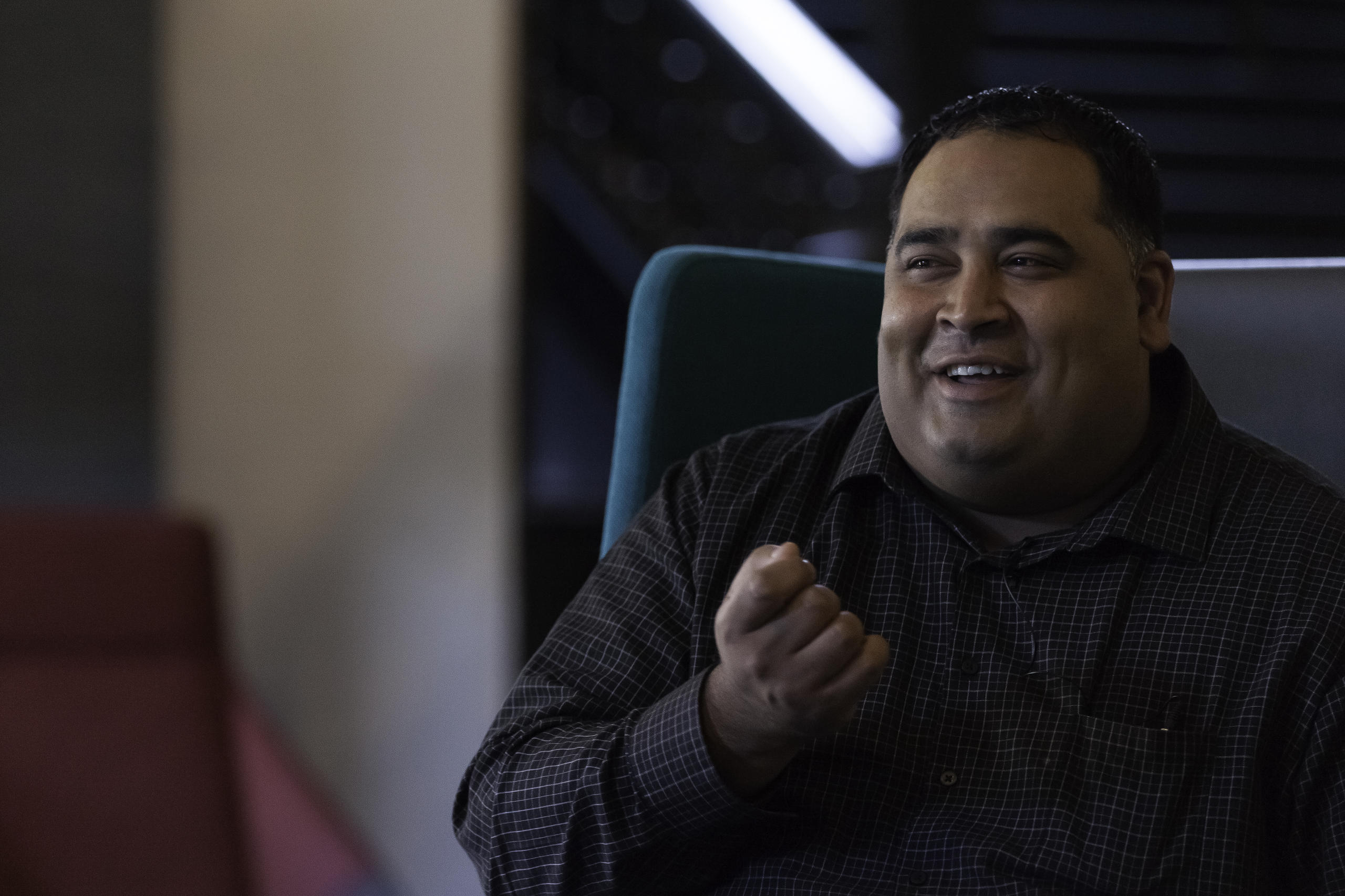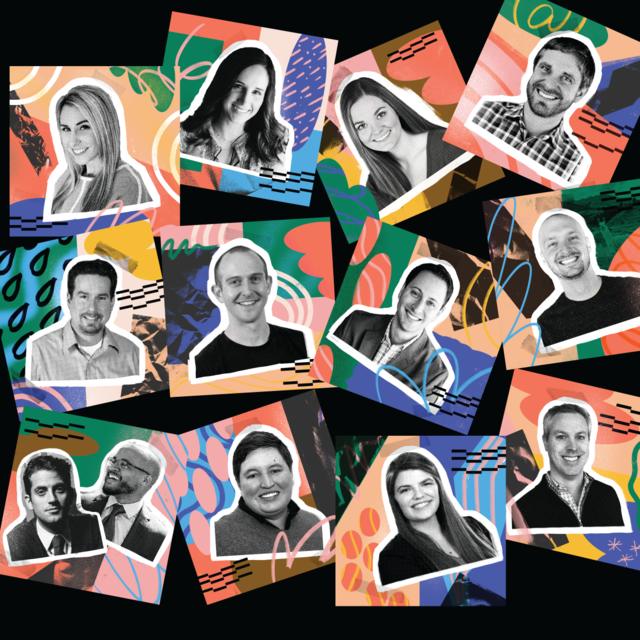
Better Product Weekly: Adapting Your Product to Handle Uncertainty

In the span of just a few weeks, the ground has shifted and we are all navigating uncharted territory. Product teams are facing a lot of uncertainty and unanswered questions, and it can sometimes feel like you’re on this journey alone. But we can assure you, you’re not.
We hosted a virtual panel to spark a conversation that we all need: What now? It was such a great conversation, we want to share it with you, our Better Product Community.
Join our live panel for this week’s Better Product Weekly featuring three product leaders: Amy Brown, Founder and CEO of Authenticx, Andrew Clark, VP of Product and Engineering at Emplify, and Myles Grote, Head of Product at Upper Hand. You’ll learn how they’ve found ways to experiment and pivot their product strategy.



